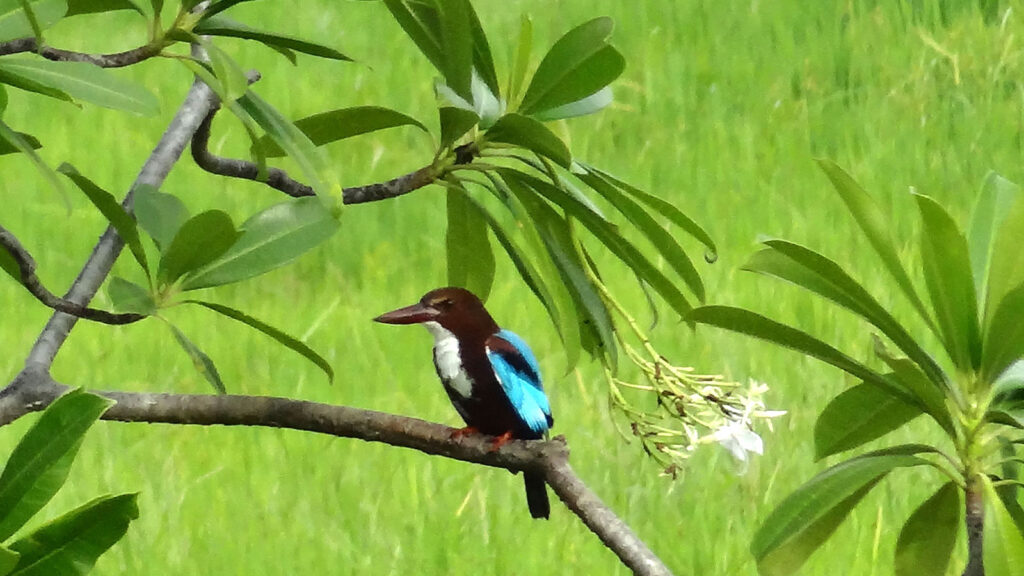Water is a source of life. Photosynthesis extracts hydrogen from it. Trees have learned to pull water elastically up into their crowns. The kingfisher gets its food from water and has optimised its diving manoeuvre for this purpose.
The insistence of physics on a “passive” time makes the view of nature one-sided and partly misleading. This nature has managed to transform an initially inhospitable earth into a diverse ecosystem with a life-friendly atmosphere. A science that cannot derive either the increase in entropy or the processes of self-organisation from fundamental principles is no reliable guarantor that society will find a harmoniously viable path into the future. Above all, physics would have to say goodbye to the paradigm of time neutrality, which makes access to nature’s creativity much more difficult.
It is to be hoped that modern energy technology will adapt to and integrate with nature’s successful model at a high level. However, this requires acquiring a great deal of new knowledge, learning thoroughly from nature and comprehensively understanding its technical strategies (Book Erde, wohin gehst Du? Solare Bionik-Strategie: Energie-Zukunft nach dem Vorbild der Natur). The discipline of biomimetics or bionics, which learns from nature at macroscopic, microscopic and nanoscopic levels, will continue to prove an important tool.


 Deutsch
Deutsch Italiano
Italiano